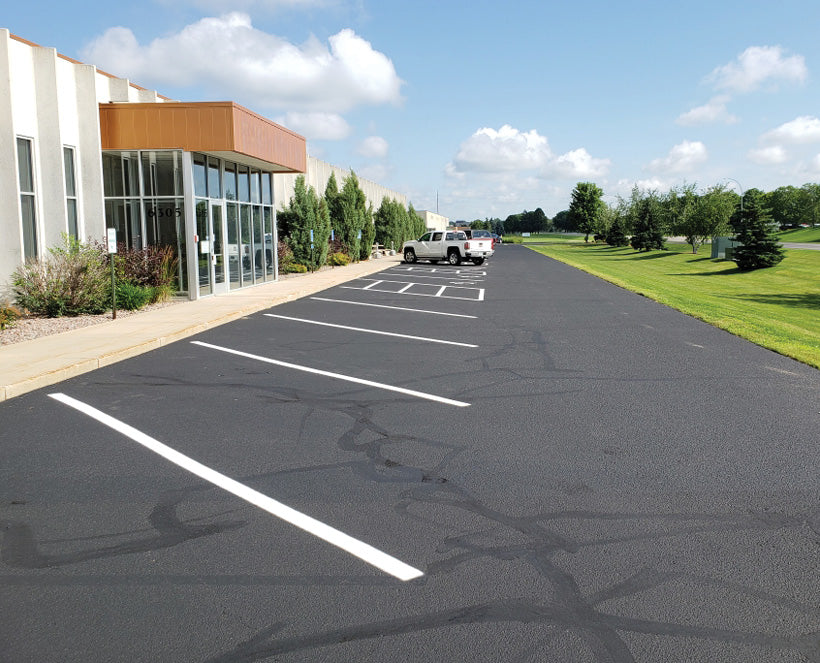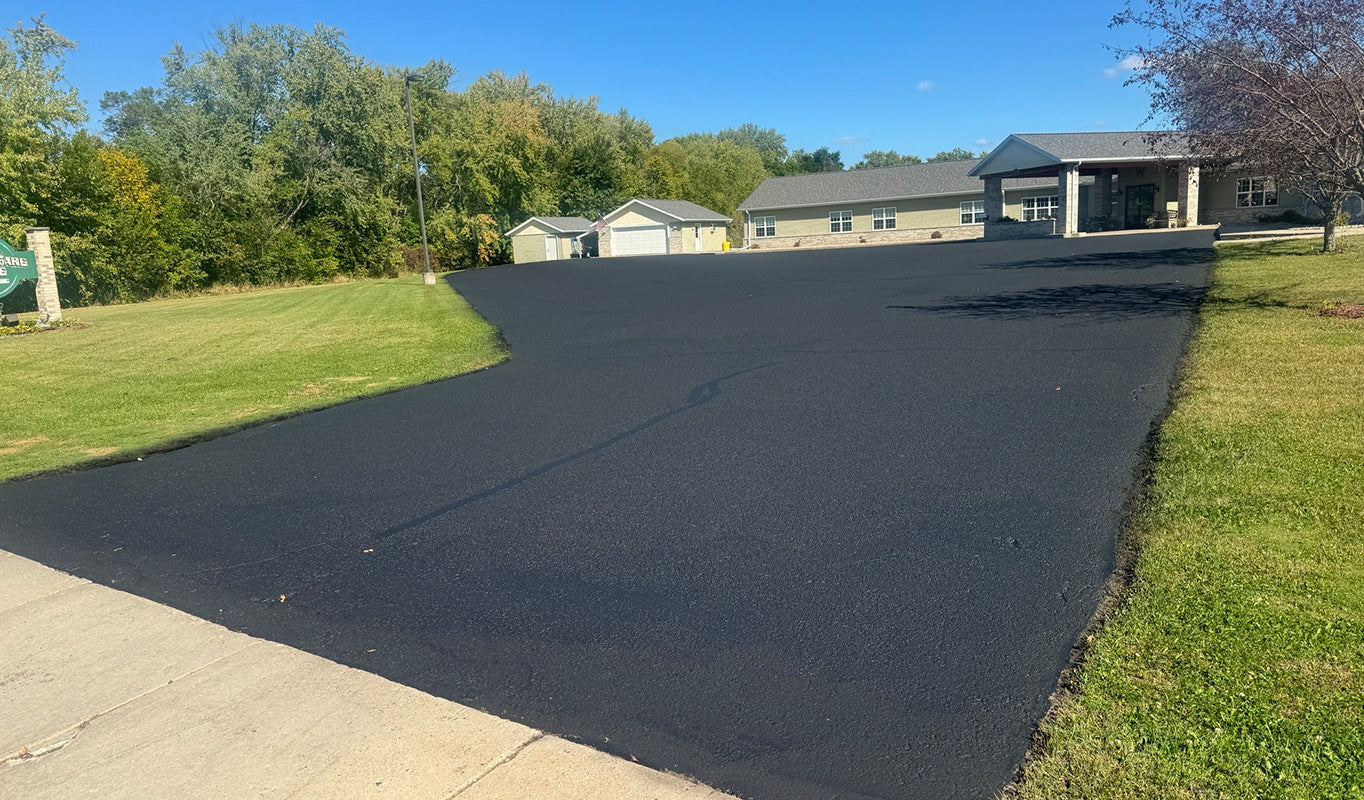Parking Lot Sealcoating Protects Your Investment
Commercial asphalt surfaces like parking lots experience more traffic and activity than other surfaces, which makes them more prone to damage. It can be tough for commercial property owners to keep their parking lots in good condition and provide a better customer experience. Sealcoating forms a protective layer over your pavement to prevent damage and improve its overall appearance. Commercial surfaces experience more traffic and activity than other surfaces, which is why they are more prone to damage and require frequent sealcoating. There is also pressure on commercial property owners to keep their surface in mint condition to retain optimum functionality and provide a better customer experience.
Thus, Mix-Tek experts suggest opting for commercial sealcoating services within six months to a year after the pavement is installed. Typically, an asphalt surface needs to be sealcoated every two to three years or so, depending on traffic and wear.
Our Expert Parking Lot Restoration Process
Mix-Tek is the trusted commercial paving company with all the best pavement maintenance services to restore asphalt parking lots and protect them from ongoing damage. We have a proven process to rejuvenate your parking lot using crack filling, sealcoating, and line striping services.

Surface Cleaning
The first and perhaps the most critical step is ensuring that the cracks are cleaned of all signs of dirt, vegetation, and debris.

Drying Cracks
A heat lance is used to blow compressed air of 2300 degrees Fahrenheit into the cracks, so the walls are dry and in perfect condition to adhere to the sealer.

Crack Filling
The cracks are filled with a hot commercial-grade crack sealer. You can learn more about our crack repair services here.

Sealing the Edges
All areas that need to be protected from over spraying the sealer are ‘cut-in’ by brushing the sealer 3 feet in, from any surface that cannot be sprayed or edged.

First Sealcoat Layer
The first coat of sealer is sprayed over the entire pavement in an even coat and left to dry.

Second Sealcoat
Layer The second coat is sprayed after the first coat is dry.

Line Striping
Once the second coat is dry, the striping crew arrives to repaint all traffic lines and parking stalls.

Drive-Ready
Your commercial pavement will be drivable within 24 to 36 hours after completion.
Why Choose Mix-Tek for Commercial Sealcoating?

Blackest and longest-lasting eco-friendly sealcoat
We have the best asphalt sealer in Wisconsin and Minnesota that is eco-friendly, non-toxic, and dries to a deep black color, making your asphalt surfaces look rejuvenated and brand new. Unlike other asphalt sealers, our Pitch Black® sealer retains its black color for years.

We’re the local sealcoating experts in Wisconsin & Minnesota
We know what it takes to get the best results for your parking lot sealcoating projects. Our proven asphalt sealing process protects your commercial asphalt surfaces from damage and decay.

MIX-TEK has consistently delivered great results for us. Their professionalism, attention to detail, and smooth project execution make them our preferred choice for asphalt maintenance and repairs. They’re reliable, skilled, and focused on quality results. We’re very satisfied with their work.
Christopher S., Customer
READ TESTIMONIALSDownload the FREE checklist
7 Safety Checks to Perform on Your Parking Lot Download our free PDF and start making your pavement safer! You’ll also get tips and helpful checklists to learn what to watch on your asphalt and concrete!



